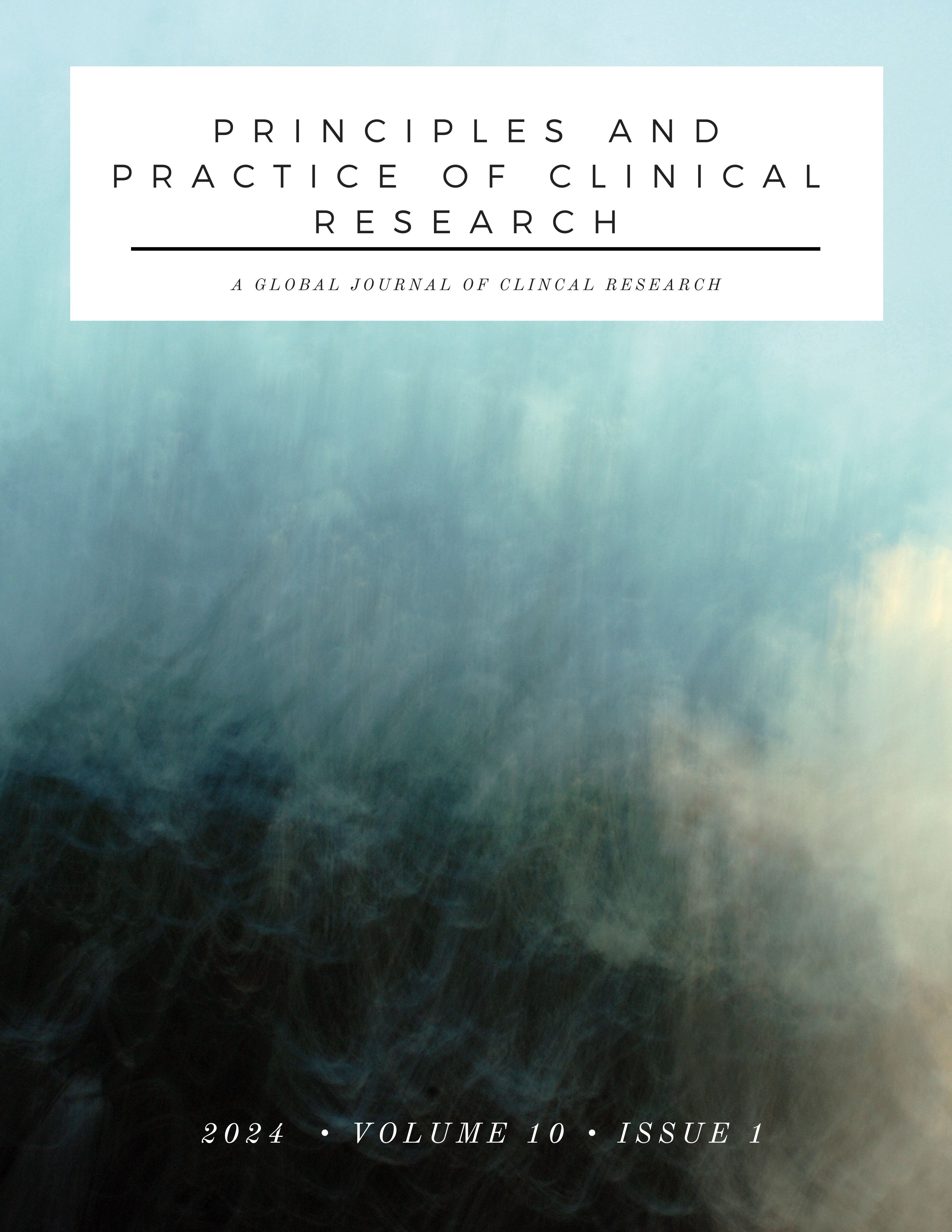Barriers to HIV Pre-Exposure Prophylaxis Use Among Women in the US: A Systematic Literature Review
Main Article Content
Abstract
Introduction: The high acquisition rate of HIV infection among women in the United States is concerning. Despite the FDA approving the first pre-exposure prophylaxis (PrEP) drug in 2012, PrEP utilization remains significantly lower among women. This literature review aims to analyze the current body of research concerning HIV PrEP usage among women in the US.
Methods: A search of three medical databases was conducted. After the screening, 19 studies were selected for analysis. A risk of bias assessment was performed.
Results: A final set of records meeting the inclusion criteria (n=19) was included in the review for data collection and analysis. The study methodology for these research articles included interview-based designs (semi-structured and brief formats) in 1-on-1 meetings, focus groups, surveys, and retrospective data analysis. Participants' HIV risk characteristics were reported by way of sexual behavior, drug use, combined sexual behavior and drug use, and living in a high HIV rate neighborhood. Nineteen themes were identified and organized into three categories: (1) Common medication administration barriers, (2) PrEP-specific barriers, and (3) Situational barriers. The three most common themes reported by participants included a concern about side effects, low perceived risks of HIV, and lack of PrEP information. The CASP Qualitative Checklist and risk assessment summary showed acceptable validity among studies.
Discussion: This review identifies significant barriers hindering women's PrEP utilization, which would benefit from more prevalent stakeholder communication and education directed to at-risk populations. Inconsistently reported descriptive data on participants and the low patient populations make it difficult to generalize outcomes.

